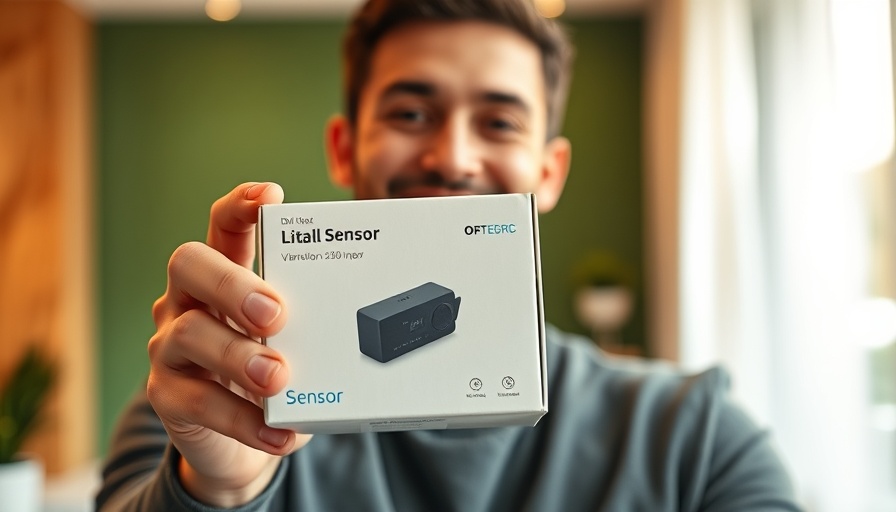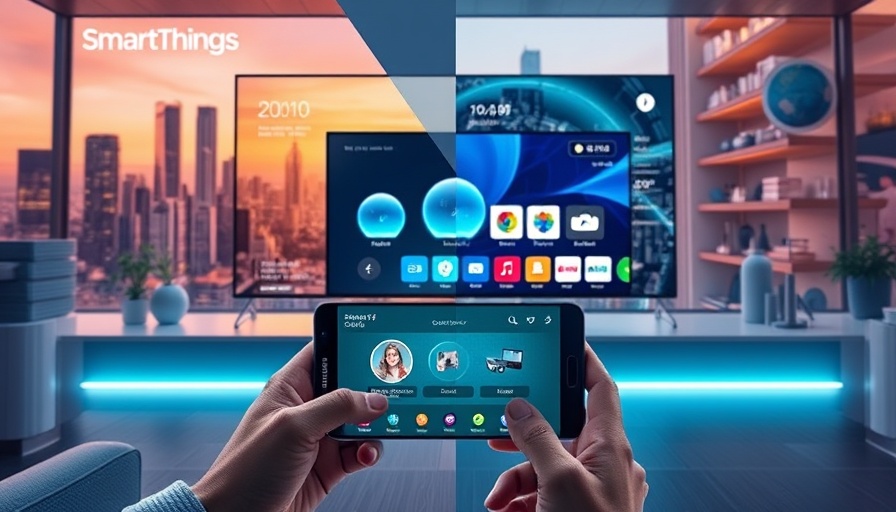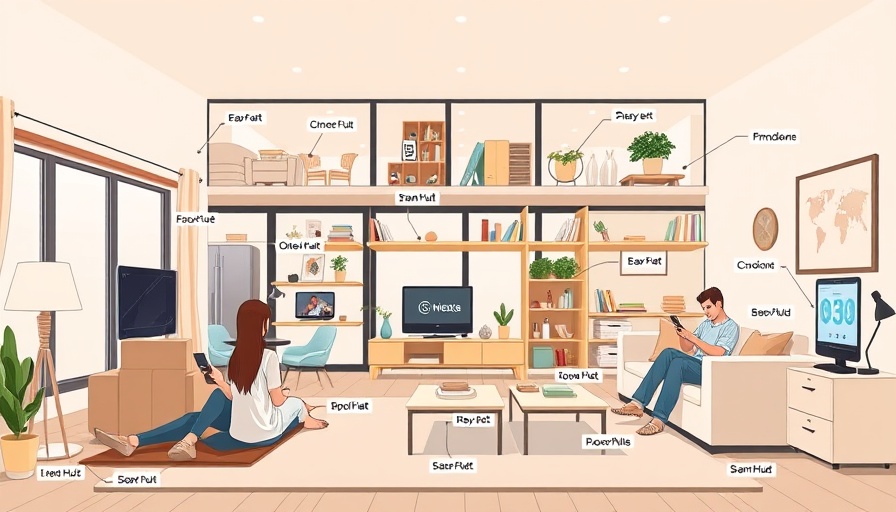
Understanding Vibration Sensors: Why Automation May Fall Short
The allure of smart home technology has captivated homeowners and home service businesses alike, promising increased efficiency and convenience. However, as evidenced by my attempt to integrate an Aqara vibration sensor into my home automation setup, it is essential to recognize that not all technology operates as smoothly as anticipated. My intention was to create a system where a gentle tap on my dining table would trigger the lights via the Homey hub. Unfortunately, the sensor required tapping directly on it, rendering my initial idea ineffective.
Challenges of Smart Automation: The Homey Ecosystem
The malfunction could be attributed to both the sensitivity of the vibration sensor and the limitations of the Homey platform. Ideally, I envisioned a continuous light activation through multiple taps, ensuring seamless illumination throughout the evening. Instead, I found myself limited to a single activation for a fixed duration—ten minutes. This experience prompts a broader discussion for professionals in home service: how can we select the right technology to meet client expectations and enhance customer satisfaction?
Lessons Learned: Choosing the Right Solutions for Clients
This experience serves as a lovely reminder of the importance of matching technology with purpose. The Aqara sensor may not have worked for my initial design, but it could be repurposed for other applications requiring direct interaction. For HVAC professionals or renovation contractors, understanding the unique capabilities and limitations of smart devices can inform better customer choices. Educating clients on realistic functionalities of smart home devices could significantly enhance their overall experience.
When Technology Fails: Maintaining Client Trust
Finally, the hiccup with the Alexa system underlines another crucial aspect of smart home technology—reliability. As some clients might encounter compatibility issues or unexpected system failures, acknowledging these challenges and establishing effective communication becomes paramount. It’s vital for service professionals to foster trust by providing solutions and support when systems do not work as intended.
Conclusion: Empowering Homeowners with Knowledge
In conclusion, as home service providers consider incorporating smart technology into their offerings, they must weigh both functionality and customer education. Sharing practical insights and experiences can not only enhance the effectiveness of these tools but also solidify long-term client relationships.
 Add Row
Add Row  Add Element
Add Element 


 Add Row
Add Row  Add
Add 

Write A Comment